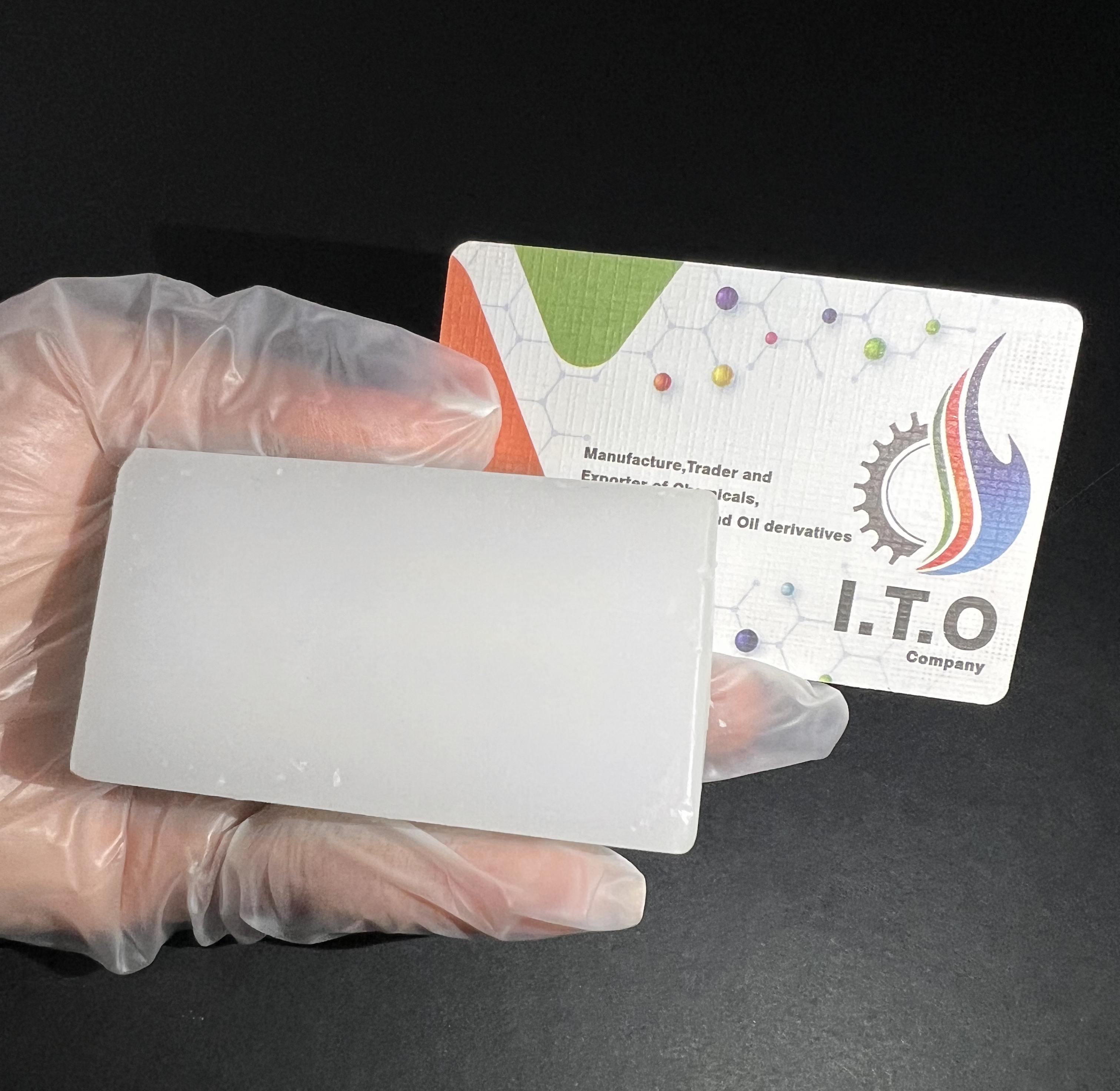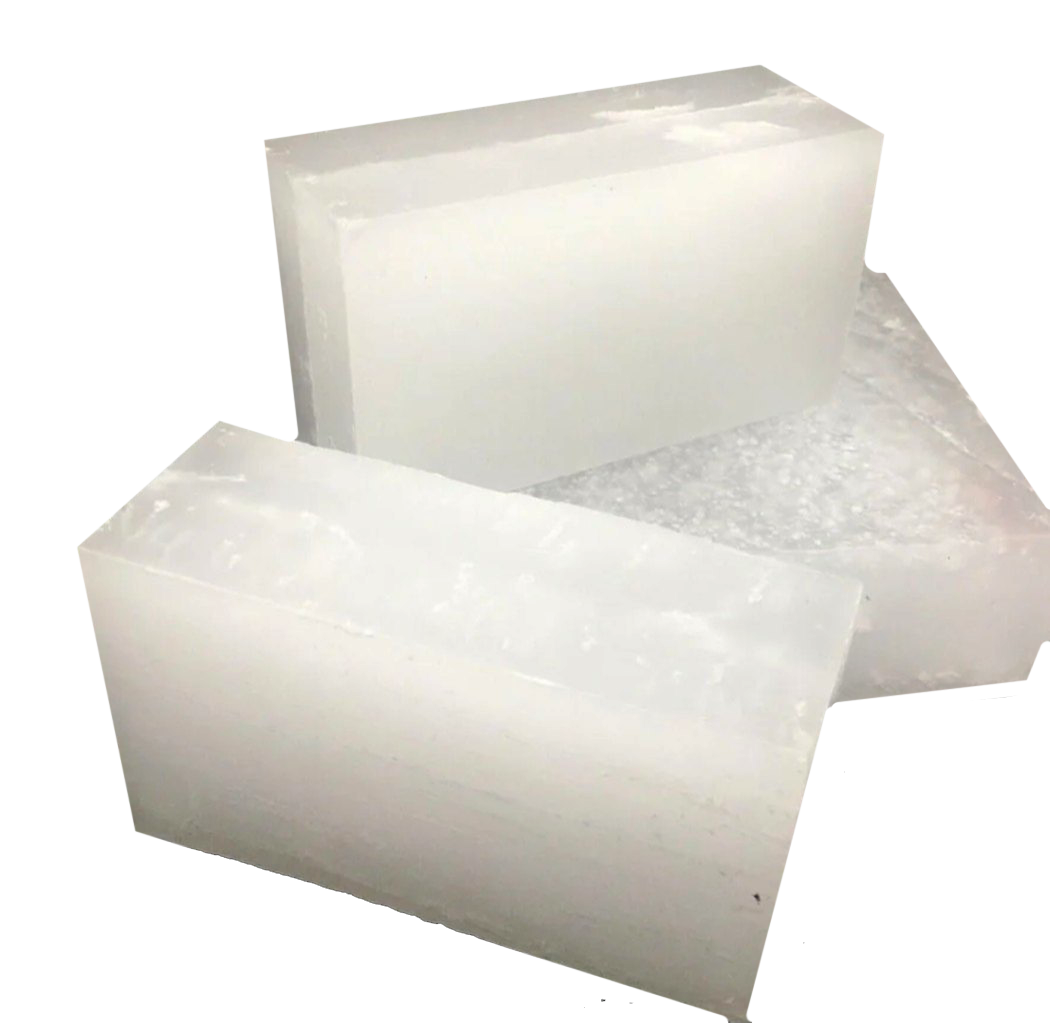
Paraffin Wax

Paraffin Wax
- Solid – wax plus some solvent
- Liquid – oil and solvent
Application of Paraffin wax
The most usage of paraffin wax is in candle industry. It also plays an important role in hot-melt adhesives. It is used as a constituent of numerous cosmetics (e.g. skin-cream, lipsticks and Vaseline), corrosion preventative or inhibitor (water repellent) and other industries like PVC, agriculture, paint and inks, and etc.
Using paraffin wax in beauty products
When used in cosmetics, paraffin wax is commonly applied to hands and feet. Paraffin has a low melting point, allowing it to melt into a liquid at a temperature that’s not too hot and is safe to touch. It has a natural ointment and helps to soften skin.
Paraffin is used in many beauty products as it’s cheap. It adds moisture and continues to boost moisture levels once the treatment is complete. It also helps open pores and remove dead skin cells, making the skin look fresher and smoother.
Packing
This product can be packed in various ways. ITO Trading Company delivers this product in Slabs (5 Kg), in Carton Boxes.
